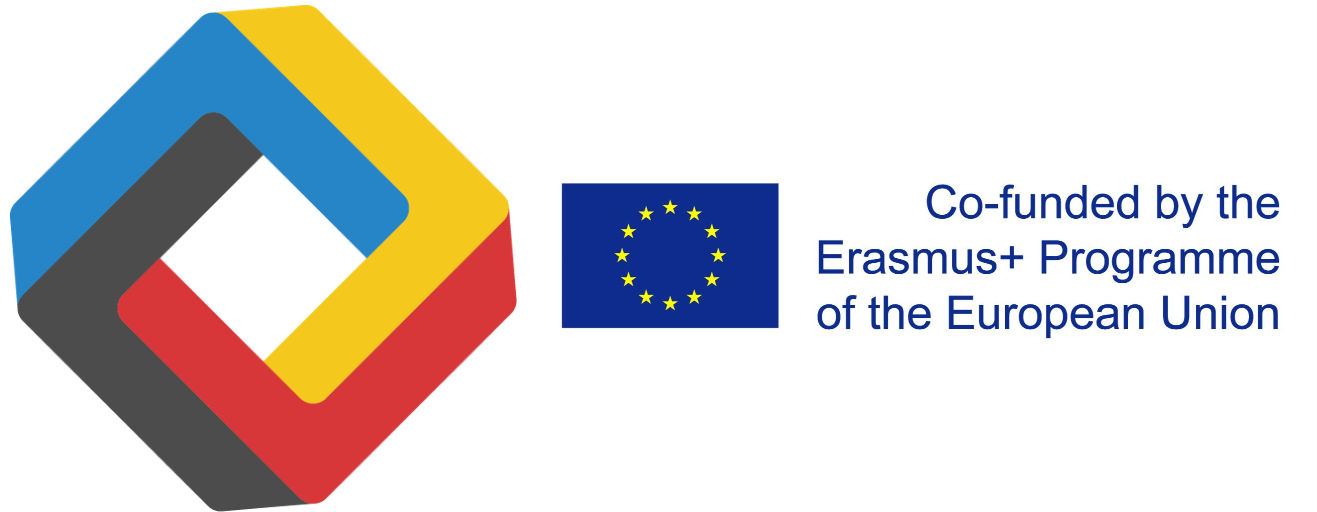Online Teaching Guide

1.1 Purpose of the Online Teaching Guide
The purpose of this Online Teaching Guide is to support educators, both beginners and experienced, as well as educational designers in planning and preparing online teaching effectively and flexibly. This guide is designed to support European higher educational institutions (HEIs), especially in a context where virtual exchange or virtual mobility of the students is implemented between institutions. But just as well, it can be exploited when planning and executing domestic online teaching.
This Guide was developed in the VERSATILE (Virtual Education Readiness Semester) Erasmus+ project together with the four HEIs of the VERSATILE project partners: Rhein-Waal University of Applied Sciences (Germany), University of Derby (UK), Masaryk University (Czech Republic) and Tampere University of Applied Sciences (Finland).
The VERSATILE project has four key objectives:
- to create viable alternatives to physical student mobility during the pandemic
- beyond the pandemic, to enable higher education institutions to offer new internationalization-at-home possibilities to students who traditionally face mobility barriers
- to aid educators in developing their online teaching skills, and
- to provide new ways in which educators can internationally exchange knowledge and methods.
From this perspective, the Online Teaching Guide takes a general view and a practical approach to cross-institutional teaching and learning.
The partnering universities do not provide identical educational resources, facilities or tools for their students and staff. To create a coherent experience for the students doing their cross-institutional studies during the project, this Online Teaching Guide was a necessity. The first part of the guide concentrates on the pedagogical / didactic topics of different remote teaching situations.
An essential part of this Guide is an Adaptive Toolbox, which contains the descriptions of the educational tools and modes of teaching/learning, which are recognized to be relevant for the participating universities when implementing their courses for the common cross-institutional course catalogue. The Adaptive Toolbox is an online service found at https://versatile-erasmus-project.eu/toolbox/.
Although the digital technology is changing teaching and learning tremendously, the authors of this guide want to avoid spreading technological determinism where technology is considered the prime factor in shaping the world. We want to emphasize that technology should take its place as an instrument beside pedagogy, and they should form an intertwined, sometimes perhaps entangled, relationship, and that it is the purpose, context and values that should guide educators over methods and pedagogy. This may cause uncertainty and imperfection, but in the modern educational setting the teachers and students can collaborate on designing practices that enable knowledge sharing better than before. (Curcher, 2022, May 11)
1.2 Four teaching modes: online, virtual, hybrid and collaborative
